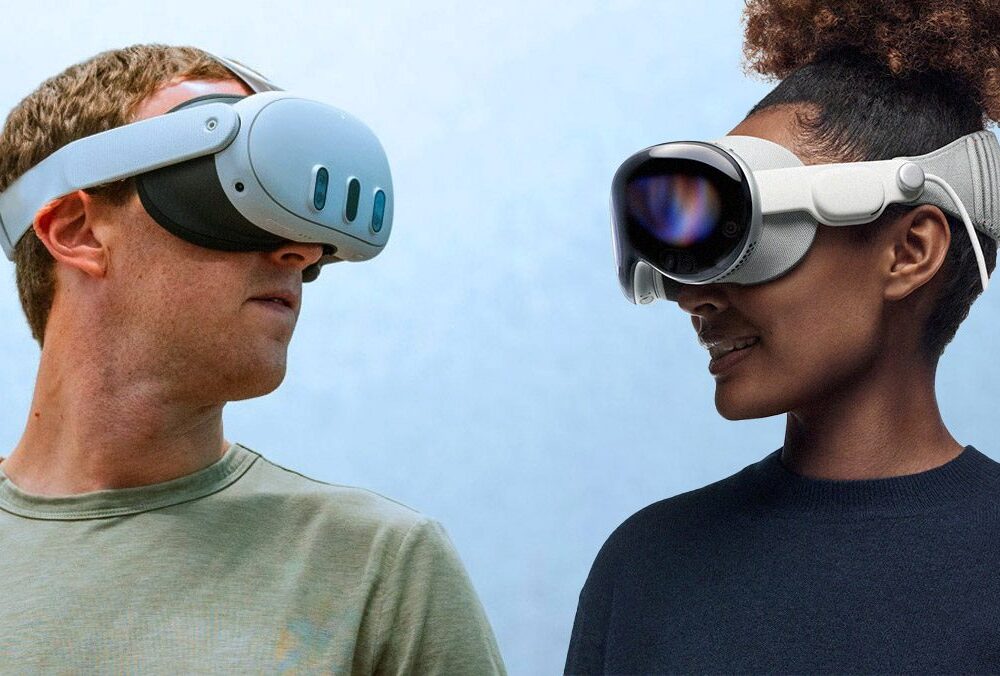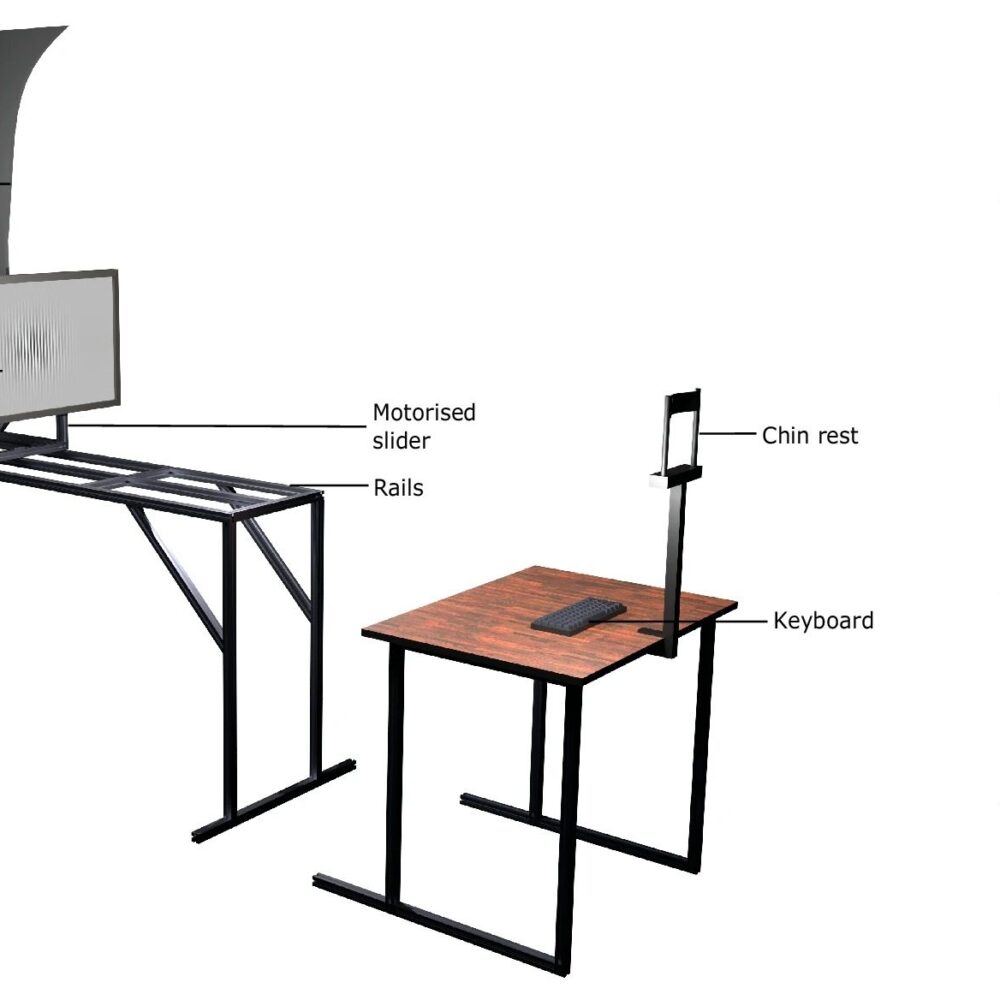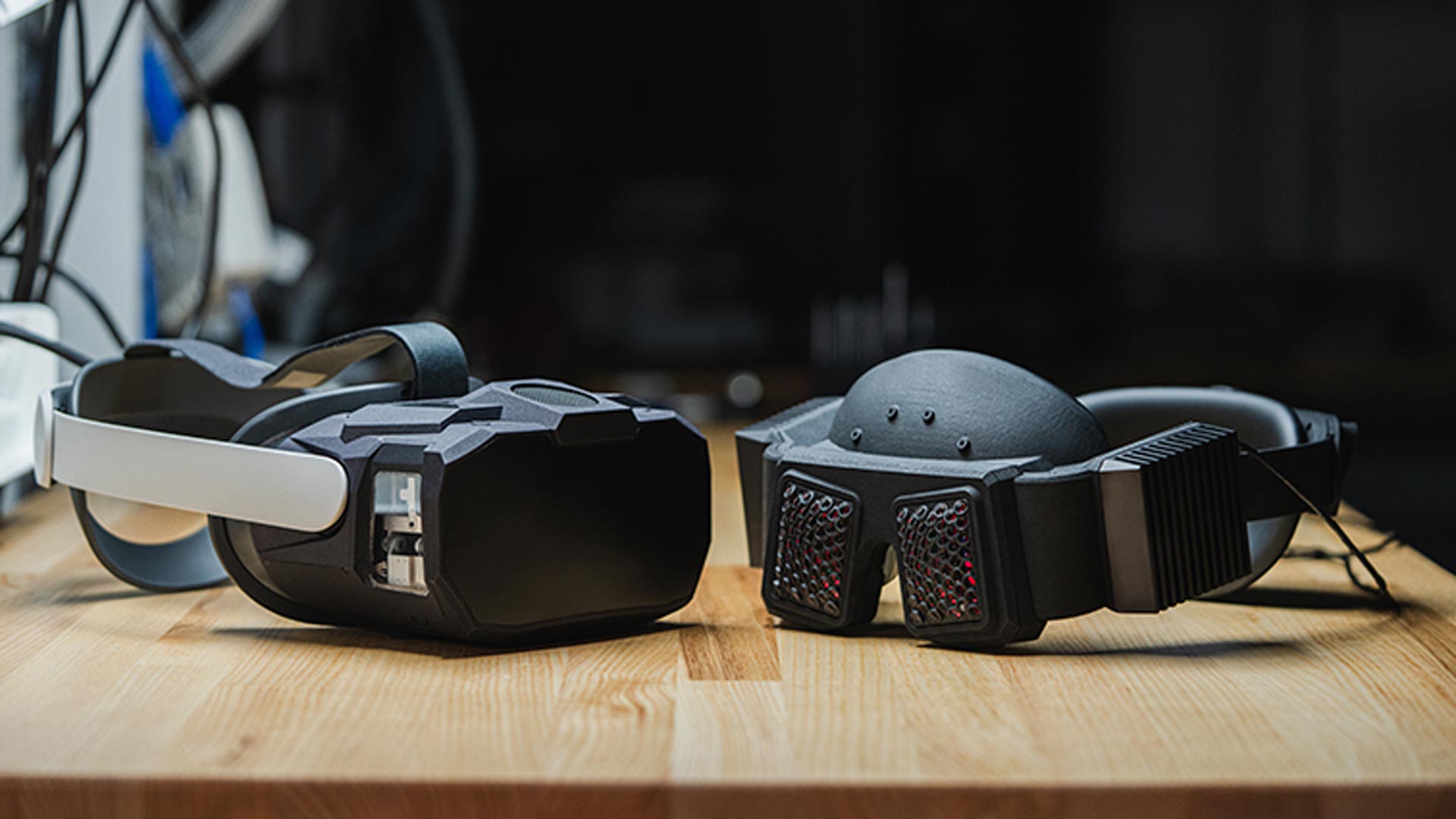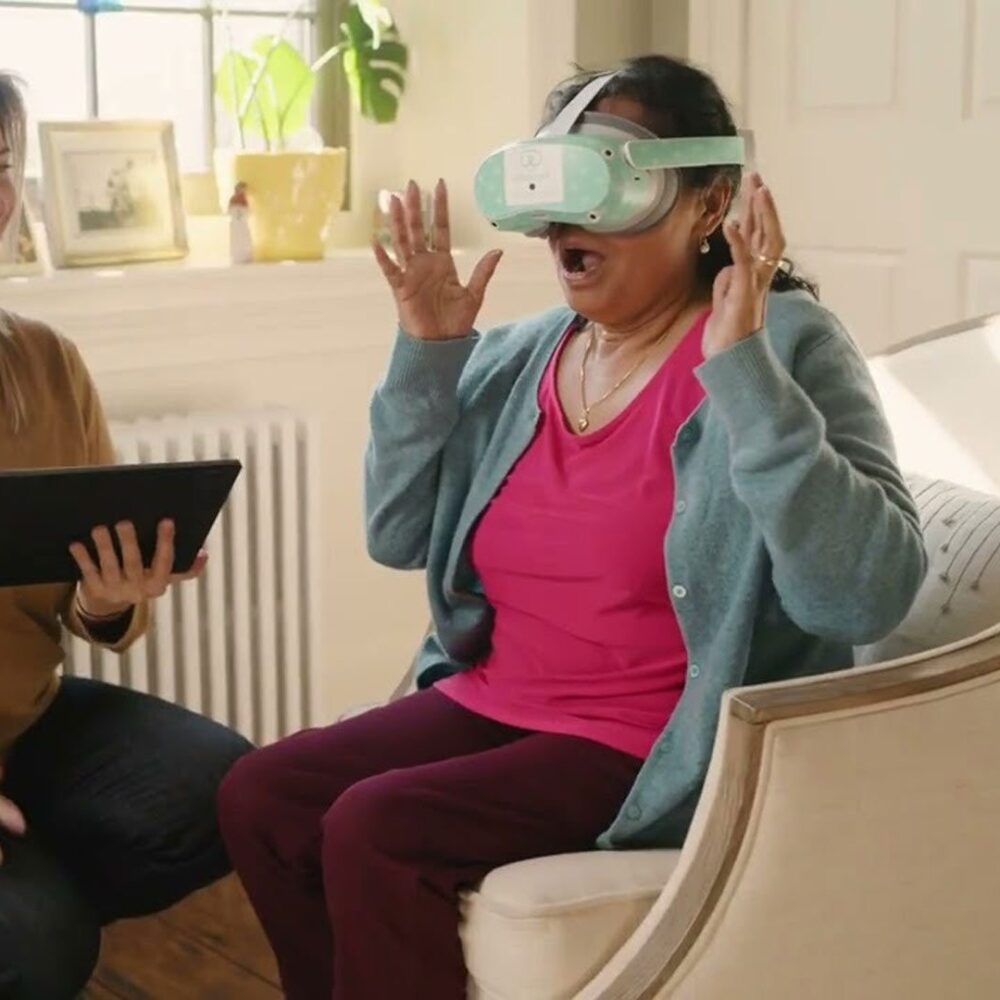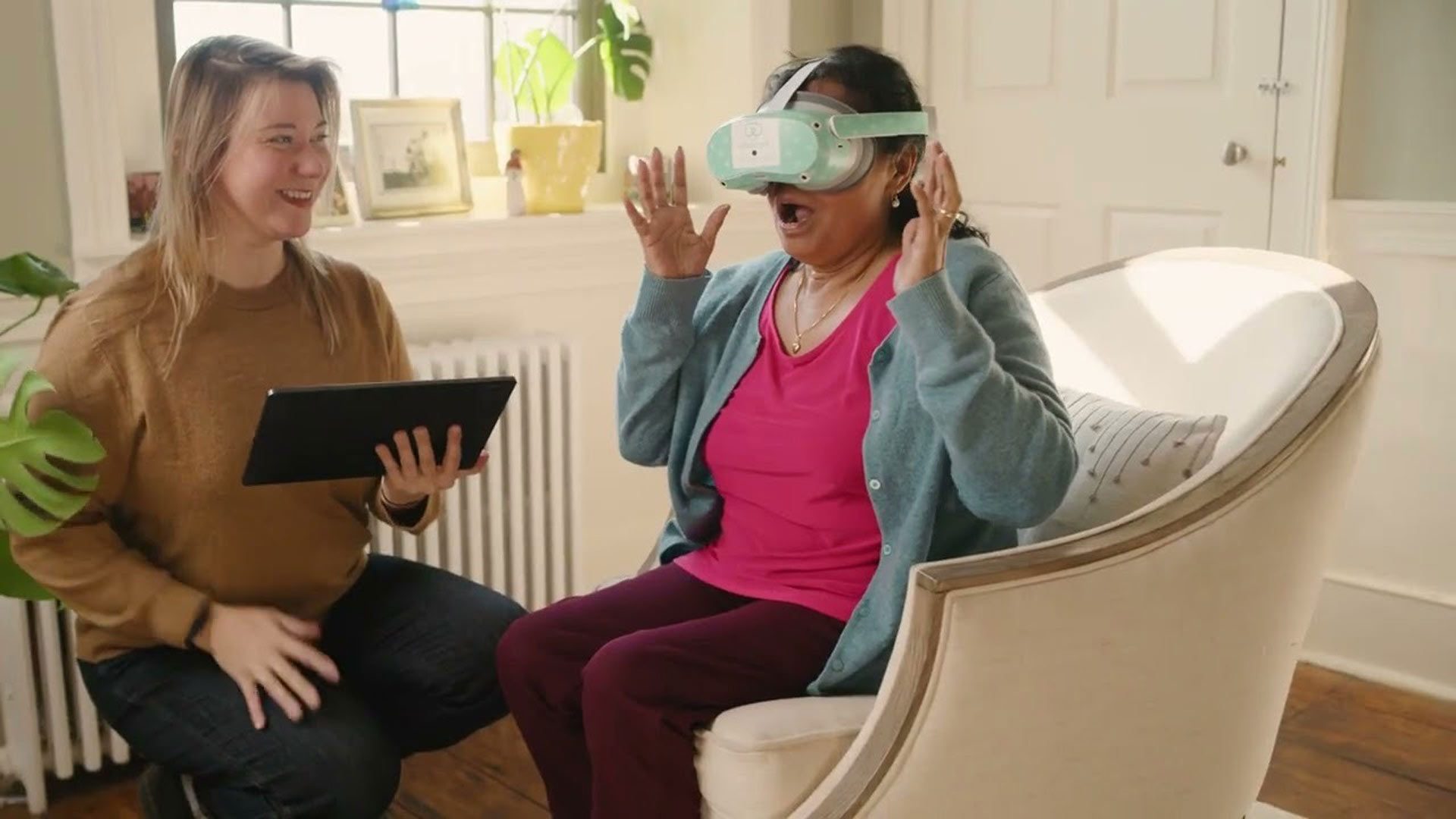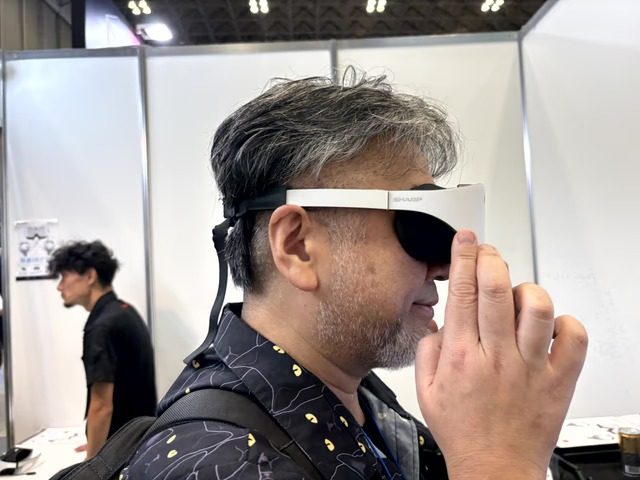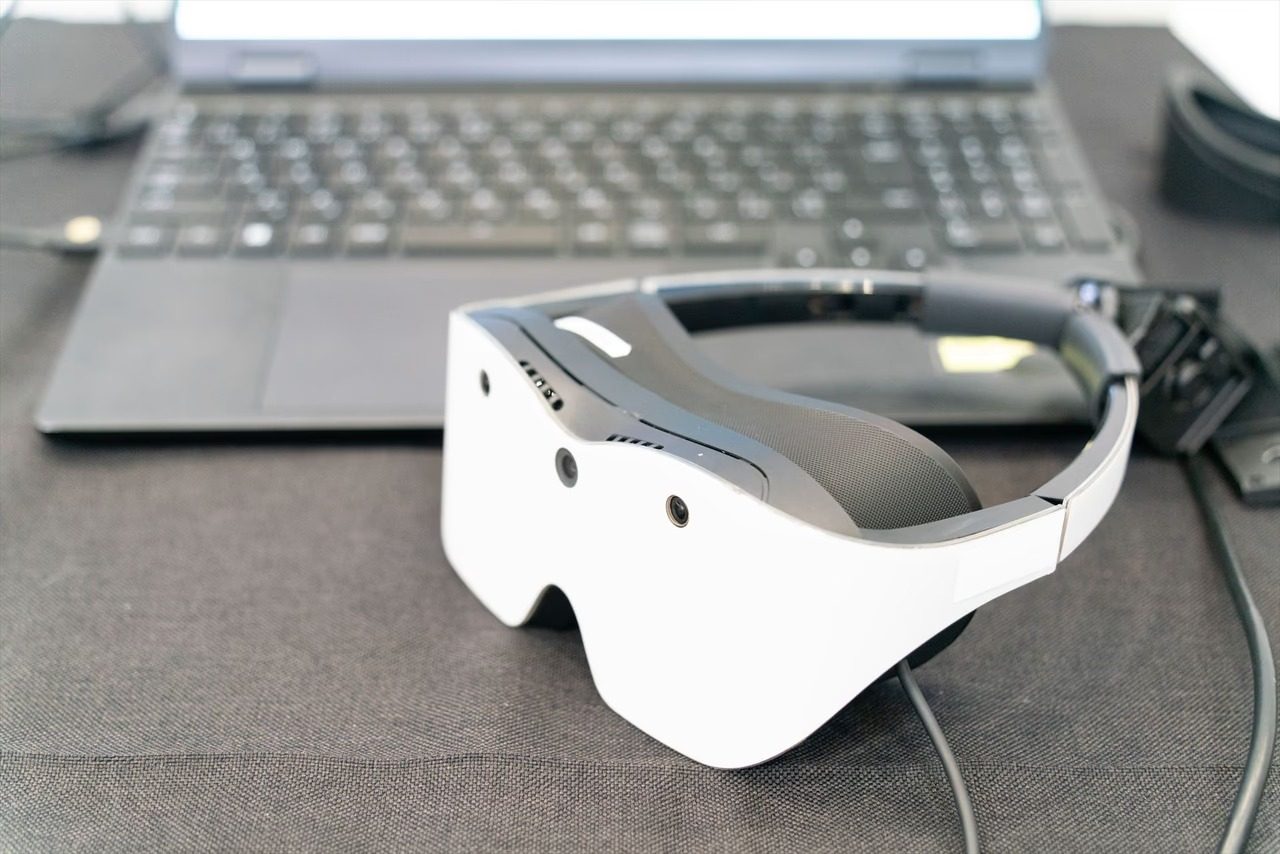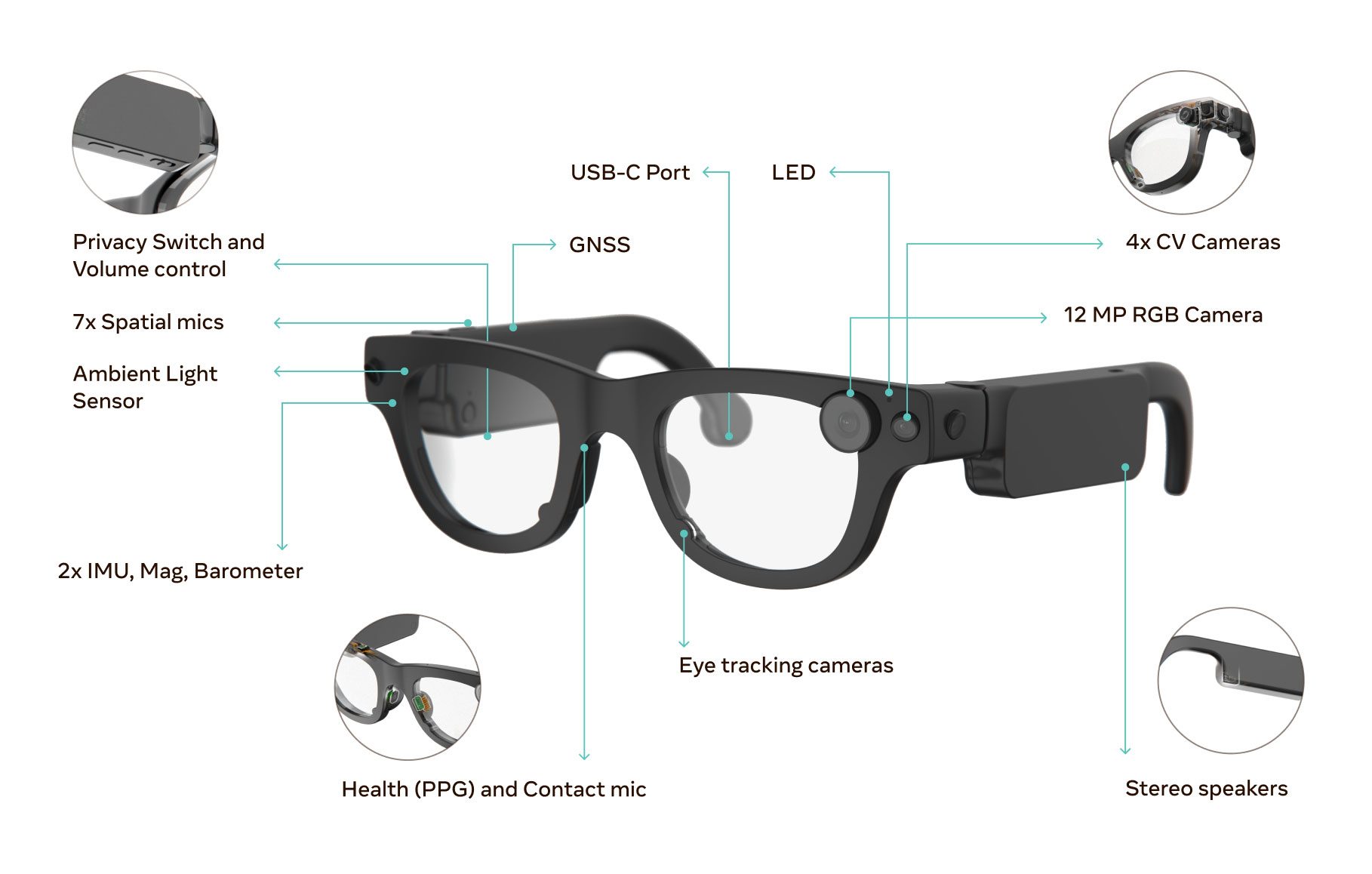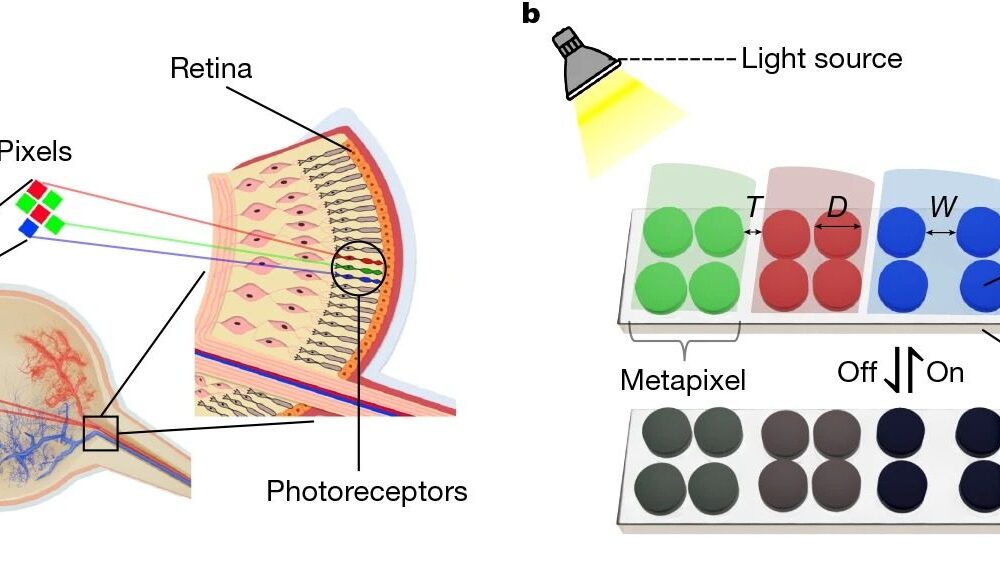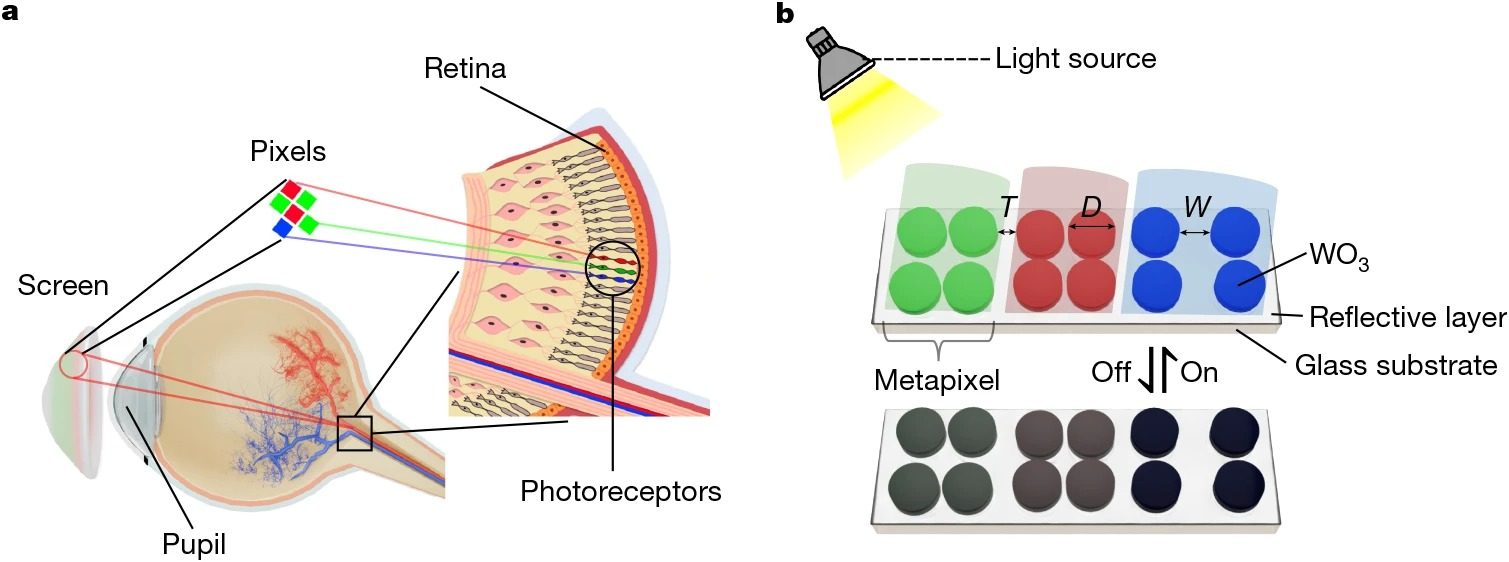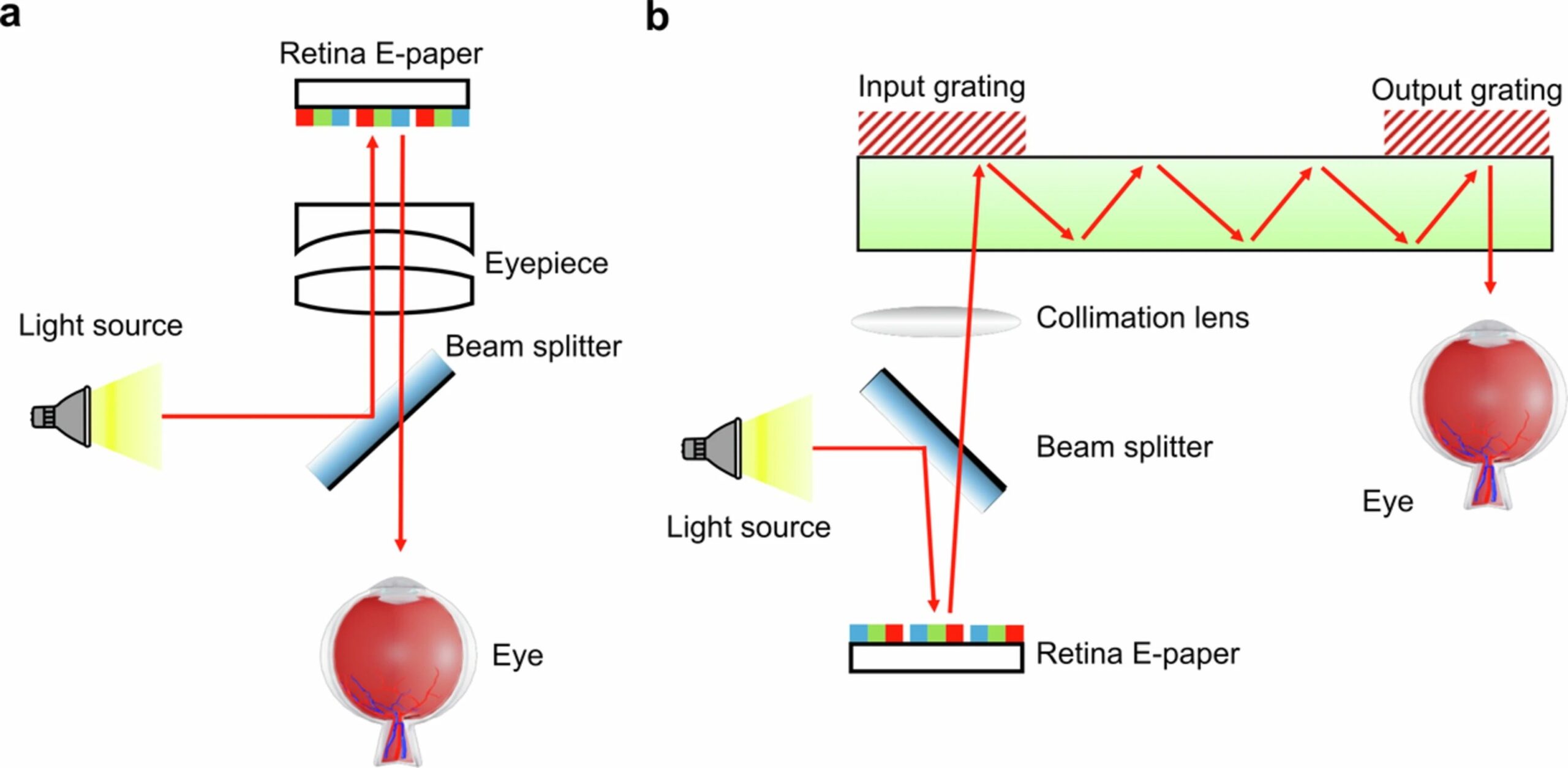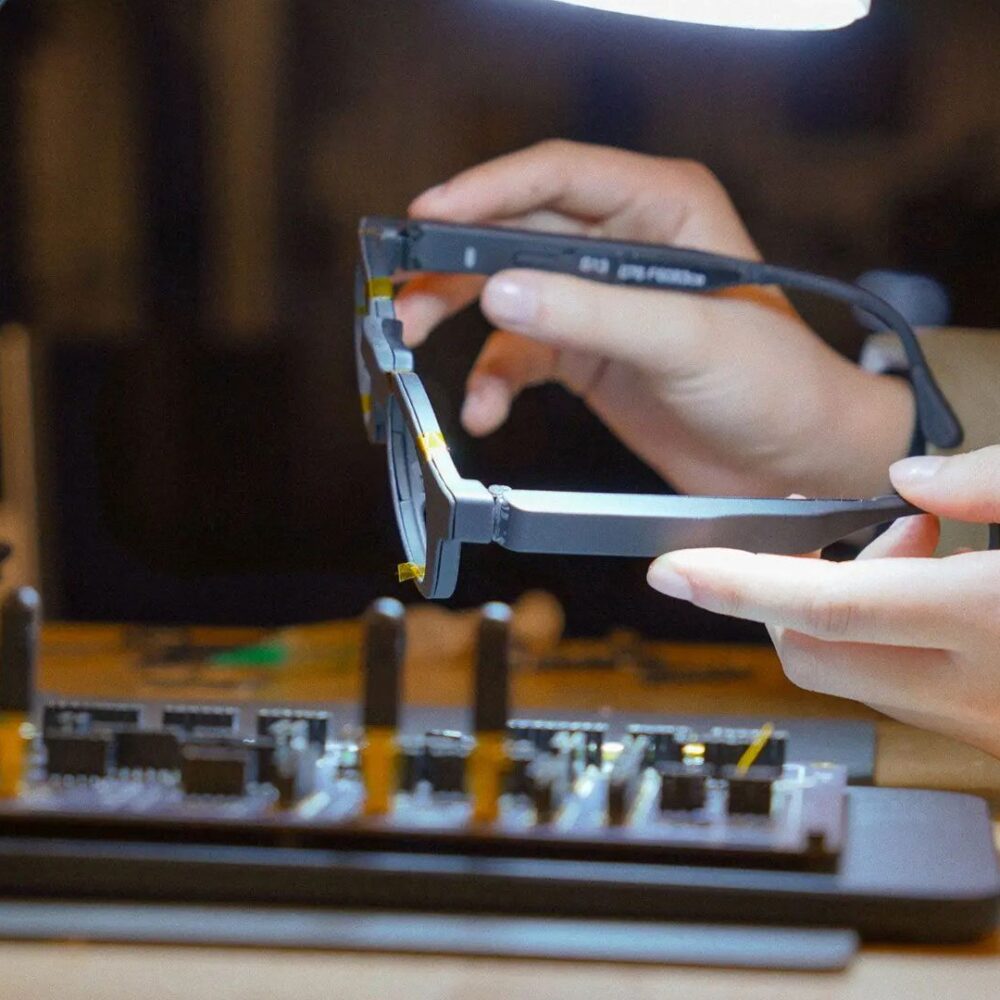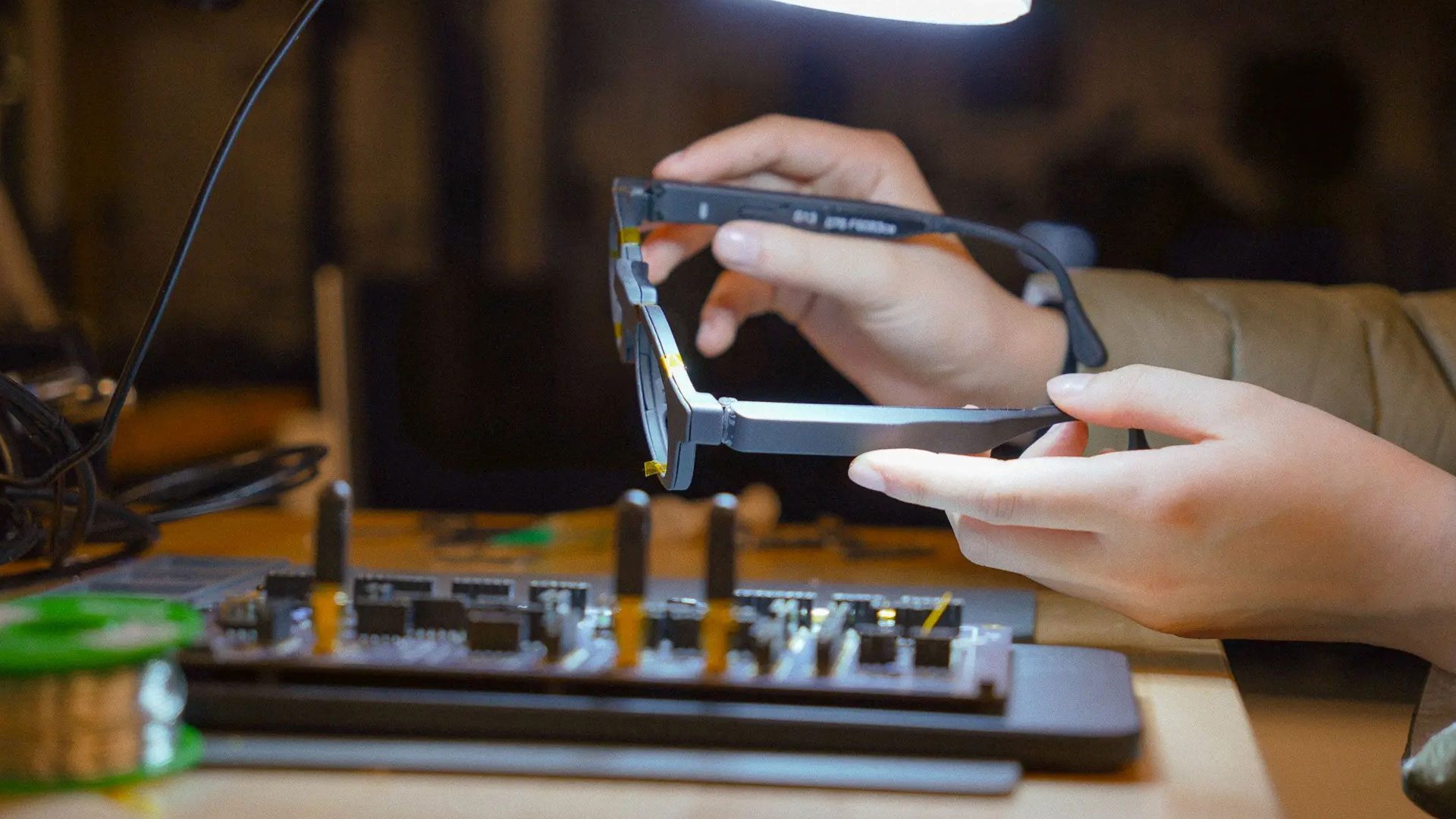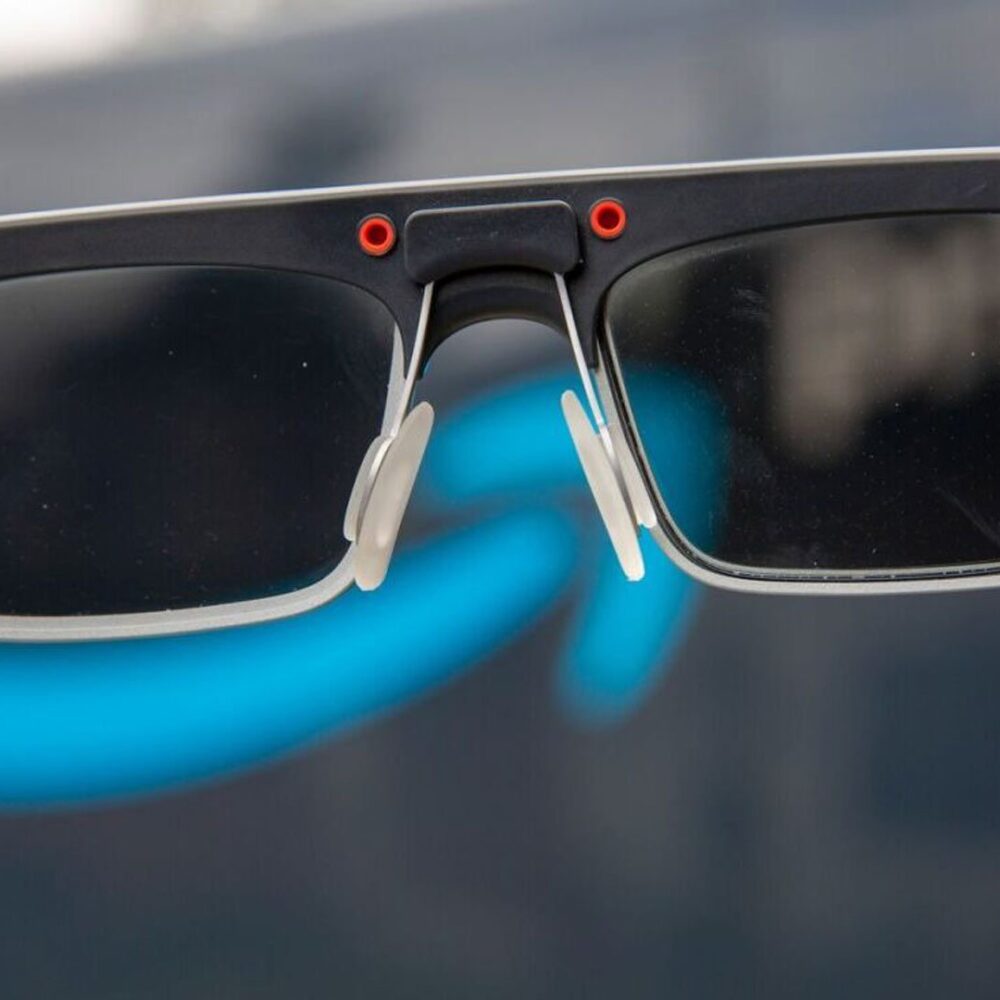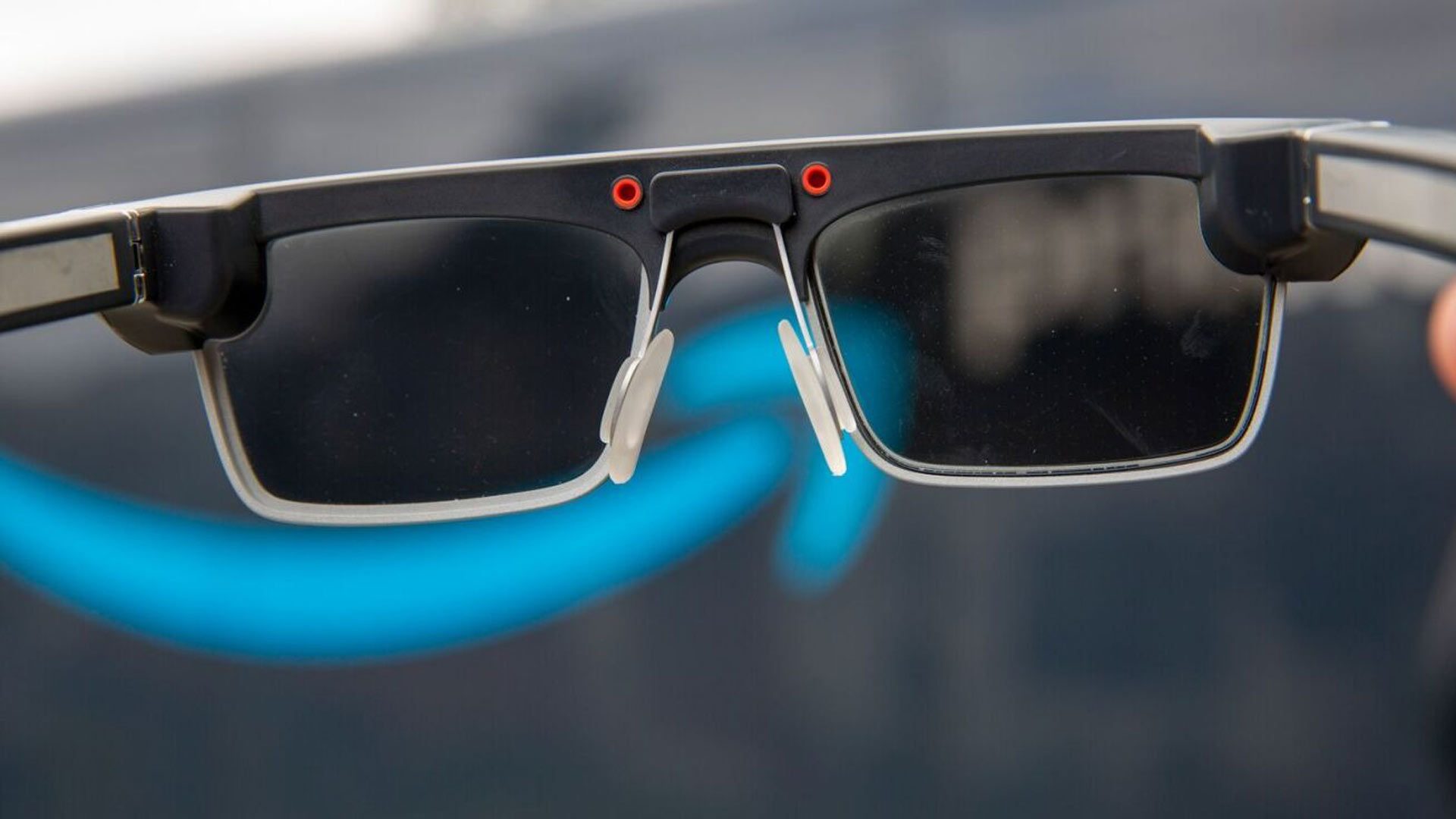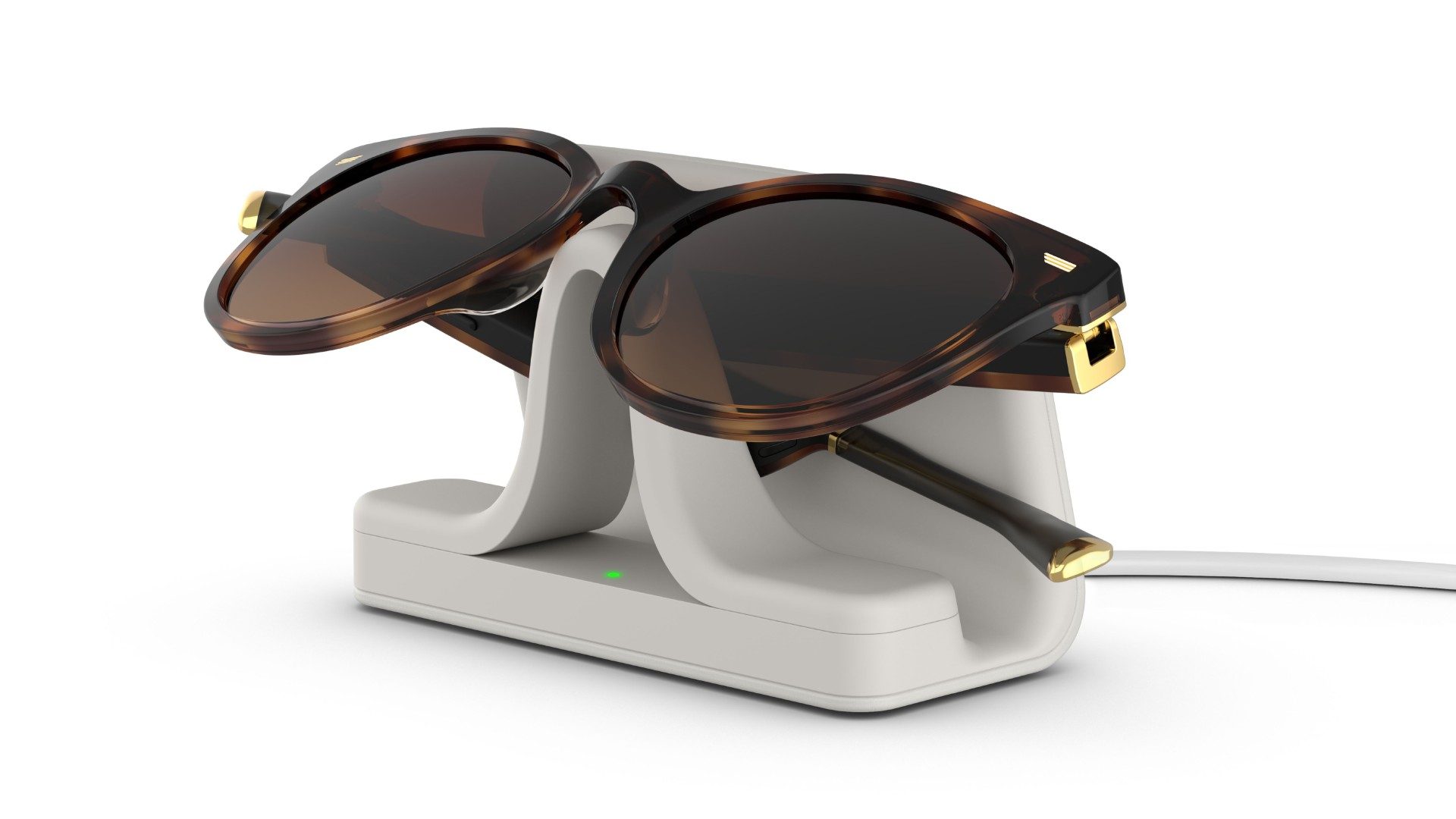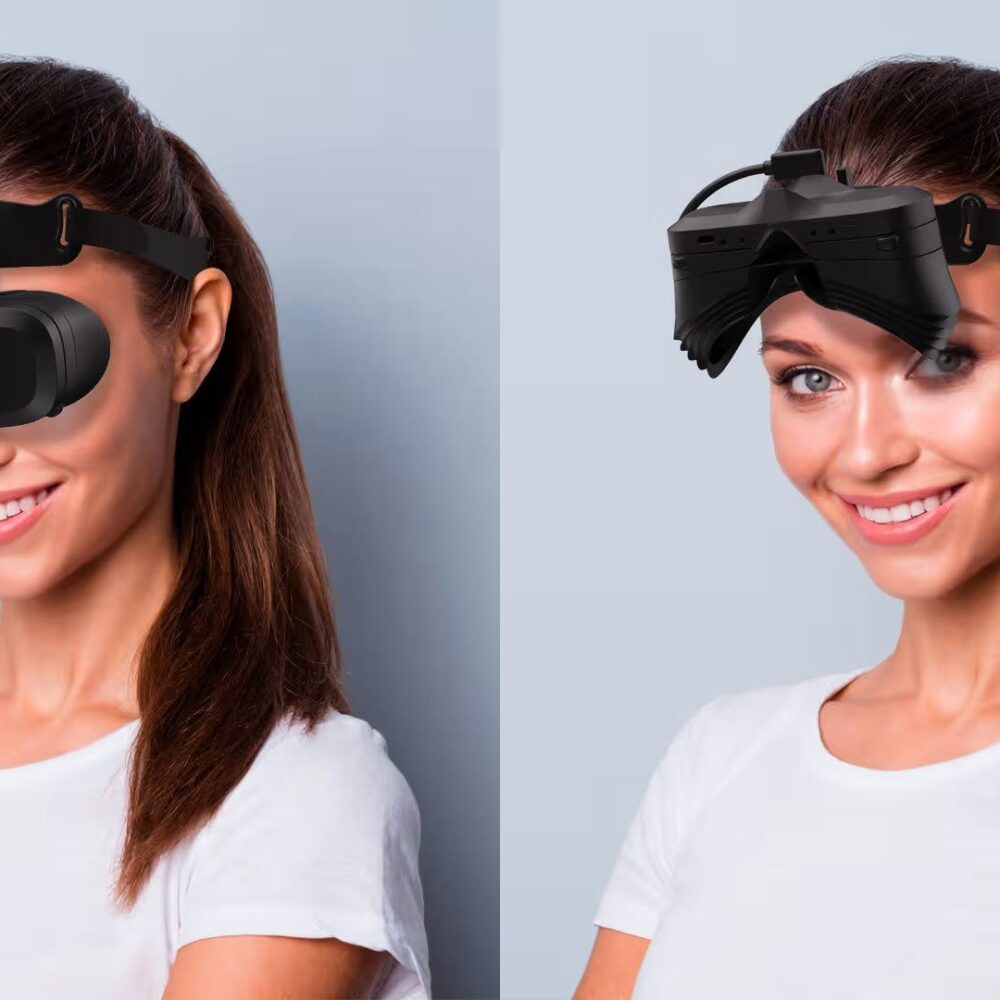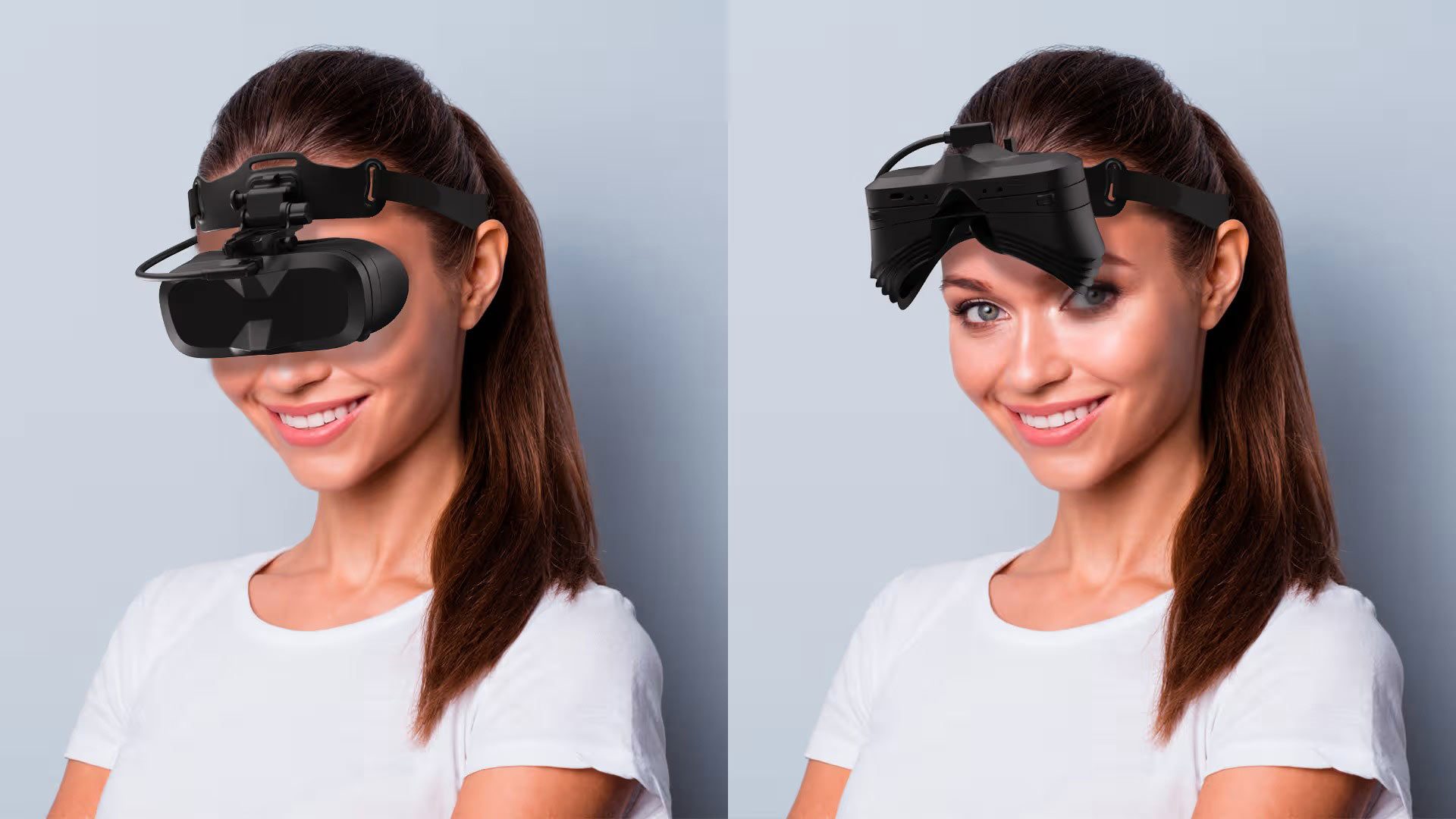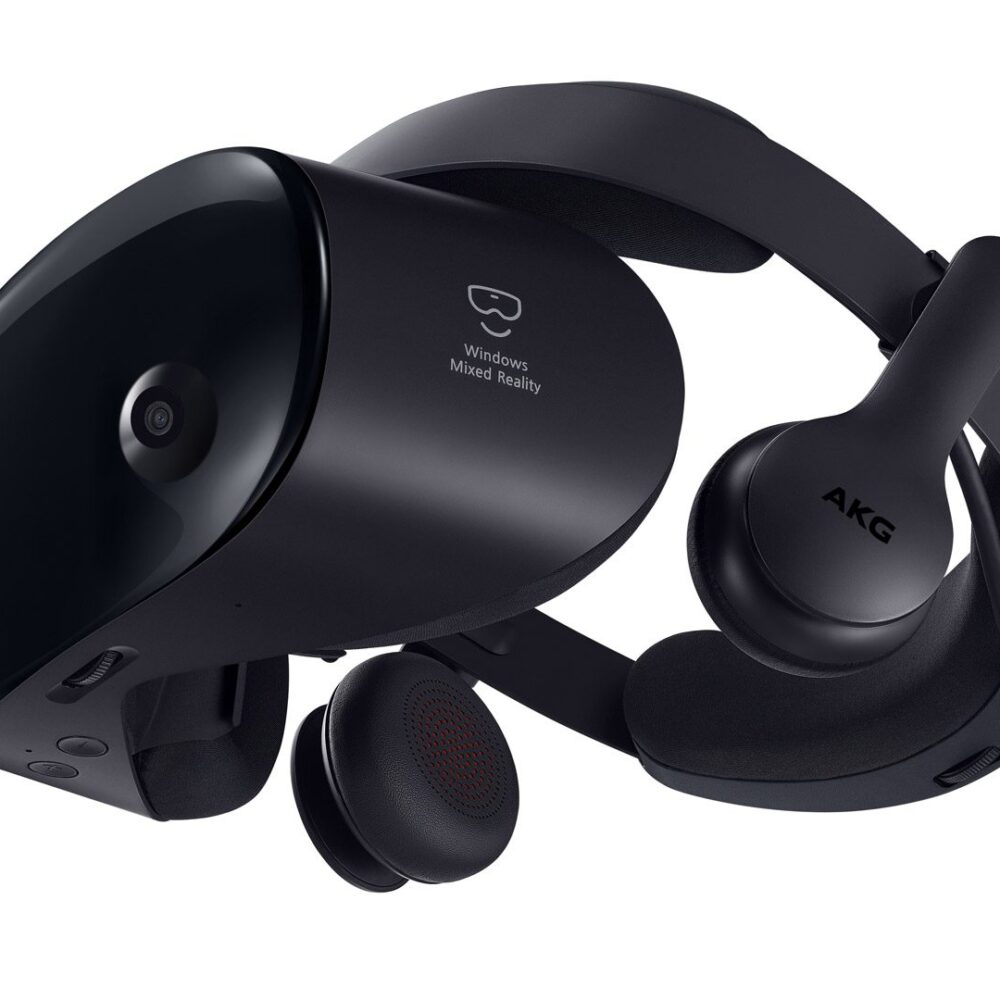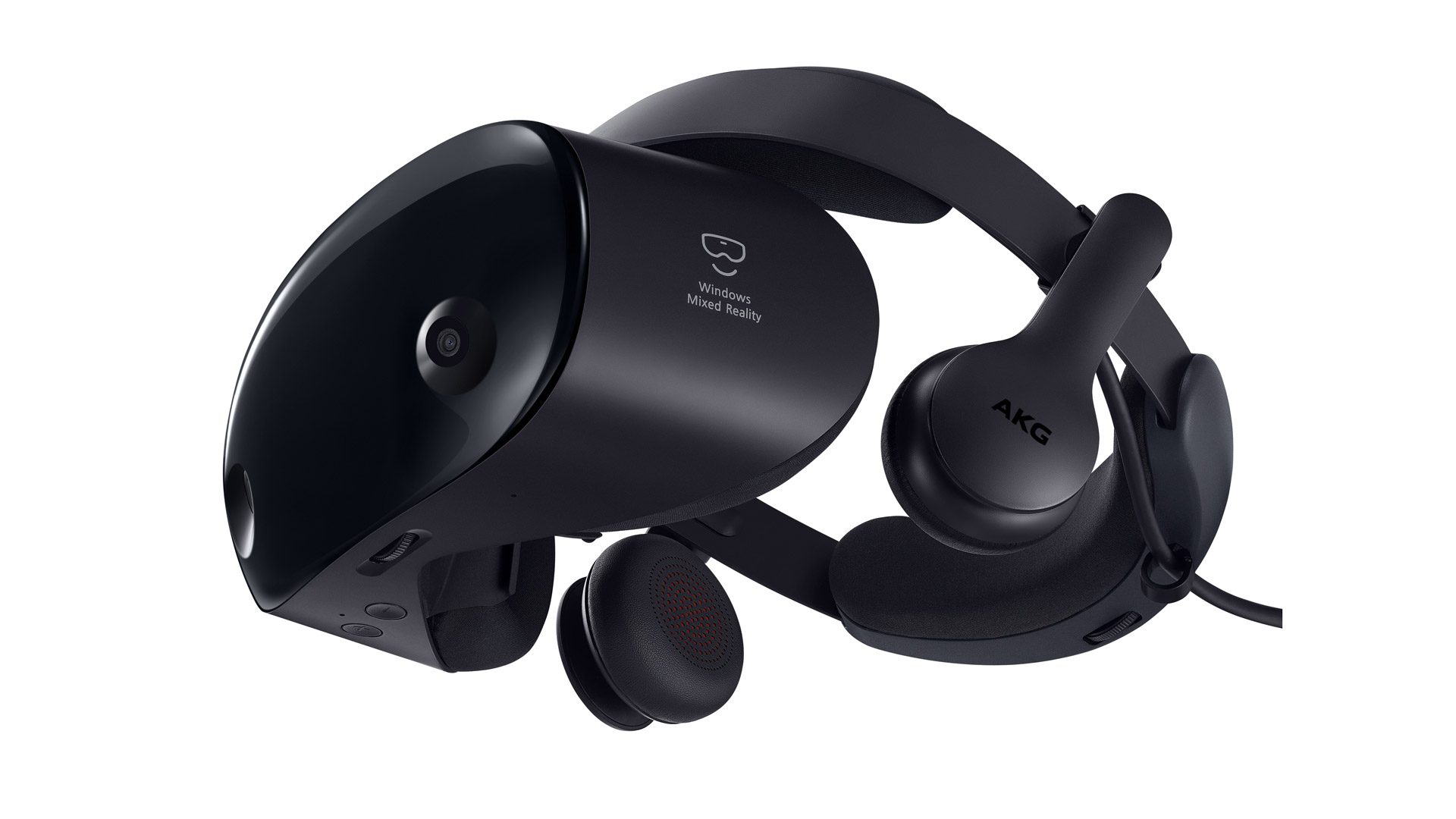Trace, a startup founded by former Magic Leap engineers, today announced the launch of a new augmented reality creation platform the company hopes will become the “Canva of AR”.
The News
Trace says it’s targeting everyone from global brands to independent creators wanting to build location-based immersive AR content, according to a recent press statement.
Notably, the platform doesn’t require coding or advanced design expertise, allowing users to design, drop, and share interactive AR experiences across mobile devices, headsets, and AR glasses.
To boot, Trace says it’s launching the platform at a pivotal moment; Adobe has officially discontinued its Aero AR platform, and Meta’s Spark AR platform was retired in January 2025. To seize the moment, Trace is offering three free months of its premium plan to Aero and Spark users who migrate to its platform.
“Even as XR devices become more capable, the creator ecosystem is still really limited,” said Martin Smith, Trace’s CTO and co-founder. “Empowering creators to build and share their vision is such an important part of the picture, whether they’re an educator, an artist, or a Fortune 500 brand. Trace runs anywhere, scales instantly, and supports the fidelity AR deserves.”
Founded in 2021, Trace has already worked with a host of early enterprise adopters, including ESPN, T-Mobile, Qualcomm, Telefónica, Lenovo, and Deutsche Telekom, who have used Trace for marketing, visualization, employee training, and trade show installations at Mobile World Congress and the Hip Hop 50 Summit.
Trace’s creation platform is available to download for free on iPhone and iPad through the App Store, with an optional premium subscription available starting at $20 per month. Creations can currently be viewed through the Trace Viewer app available for free on the App Store and Google Play, and users can import their existing 3D assets in the Web Studio, available at studio.trace3d.app.
My Take
There’s a reason Meta and Adobe haven’t put a massive amount of effort into their respective AR creation platforms lately: all-day AR glasses are still relatively far away, as the usual cadre of XR headset and glasses creators are only now stepping into smart glasses ahead of what could be a multi-year leadup to all-day AR glasses of the future.
Still, enterprise-level AR activations on mobile and mixed reality headsets, like Apple Vision Pro and Quest 3, can turn more than a few heads, making a quick and easy no-code solution ideal for companies and independent creators looking for a selective reach.
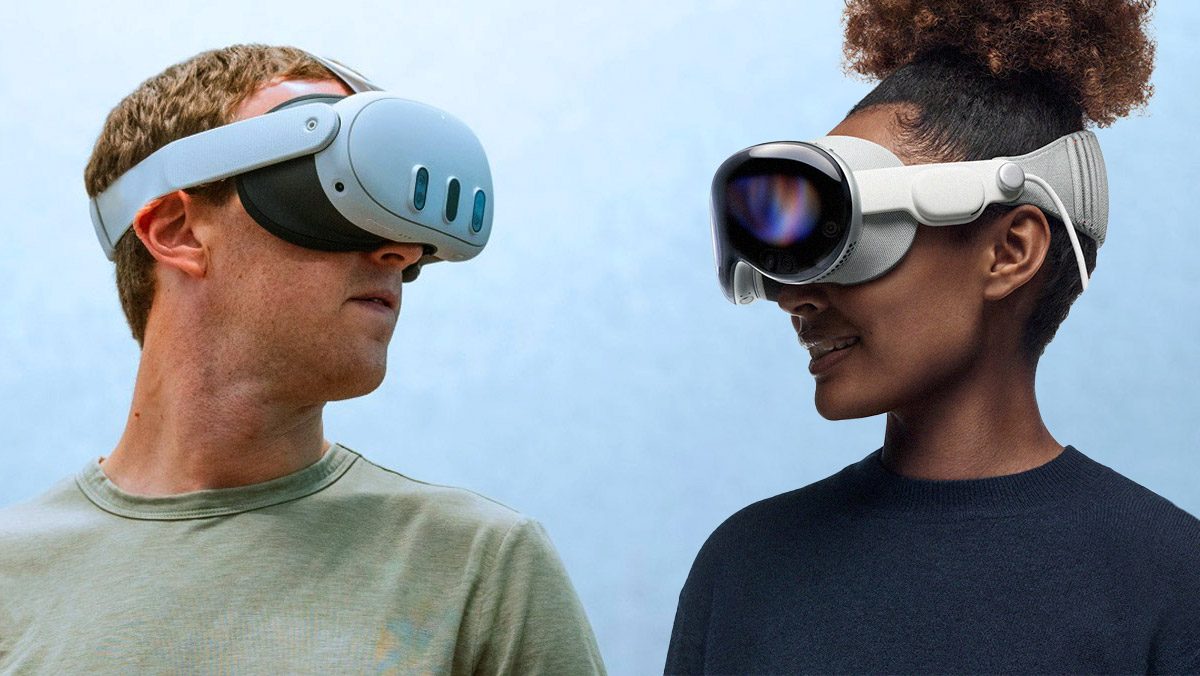
I would consider Trace’s strategy of offering former Adobe Aero AR and Meta Spark AR a pretty shrewd move to get some market share out of the gate too, which is increasingly important since it’s the company’s sole occupation—and not a side project like it was for Adobe and Meta.
The more challenging test will be to see how Trace grows in that interminable leadup to wide-spread AR glasses though, and how it weathers the competition sure to come from platform holders looking to offer similarly easy-to-use AR creations suites of the future.
While the platform’s wide target and ease of use are big pluses, I can see it more squarely fitting in the enterprise space than something regular consumers might latch onto—which is probably the ideal fit for a company founded by Magic Leap alumni, who have undoubtedly learned a sharp lesson first hand. Magic Leap’s early flirtations with prosumers in 2018 with the launch of Magic Leap One eventually forced the company to pivot to enterprise two years later.
